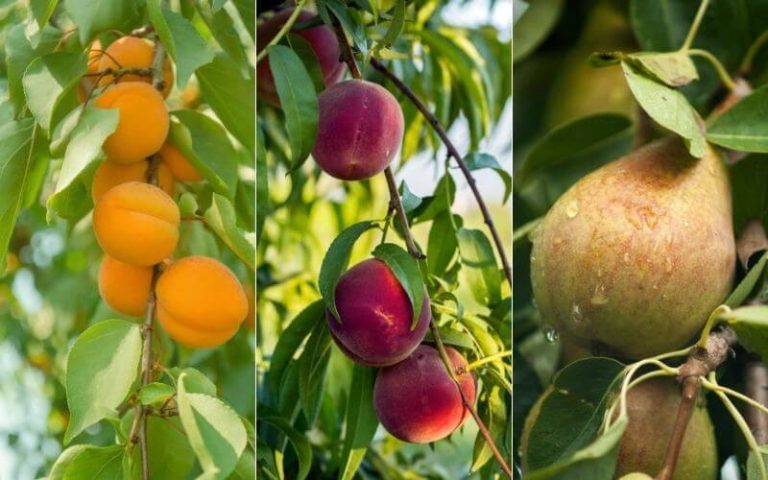To grow fruit trees, knowing what to do and when is important. This can be tricky if you’re new to gardening, but don’t worry — we’ve got your back in making your home beautiful
In this post, we’ll give you all the tips and tricks for keeping your trees healthy so they can produce delicious fruit.
Once you actually get to it, you’ll see that it’s pretty easy and all that remains is to get the tree you want, whether you’re just starting out or are a pro looking to expand. There are several different options available at Gardeners Dream – visit their website to explore all the varieties.
1. Prune Your Fruit Trees
Pruning is an important step in getting your fruit tree to produce more fruit. By pruning, you are encouraging new growth, which will result in more flowers and fruit.
When pruning, be sure to remove any dead or diseased wood, as well as any crossing or rubbing branches. You should also thin out the canopy to allow light and air to reach the interior of the tree.
If you’re not sure how to prune your fruit tree, there are plenty of helpful guides and tutorials available online.
2. Important Fruit Tips
• Pick fruit off the tree while it is still green and firm. Remove any that have started to soften or show signs of decay like brown edges or soft spots. Just remove them from the countertops.
• Remove fruit that is too low to the ground. High-hanging fruit can also be a problem if there are animals around, like deer or birds, because they can easily reach them and damage the branches by pulling down on them as they feed.
• Remove any fruit on top of other fruits — it will ripen faster than its neighbour and may even fall off before it’s ripe!
3. Choose the Correct Acidity
For a plant to grow, it needs the right pH level in its soil. All plants have a preferred acidity range, usually between 4 and 7 on a scale of 1 to 14.
For example, blueberries need an acidic soil with a pH of 4.5 or lower — while just about any other kind of fruit tree will thrive in neutral soil with a pH above 6 or so.
Because your fruit tree’s health depends on being in the ideal environment, you’ll want to know the pH levels in your soil before you begin planting anything new.
Luckily there are kits available at most local gardening centres that allow you to test the acidity (or alkalinity) of your soil at home.
4. Water Your Plants
Watering is an important part of tree care, but is also the most difficult. Why? Because there are so many variations in watering requirements that there’s no simple answer as to how much or how often you should water your trees.
It’s not just watering more during dry spells and less when it rains; some fruit-bearing trees need frequent watering throughout the year, while others prefer being left alone for several months.
To figure out what kind of tree you have (and therefore how much water it needs), look at its leaves: if they’re green (or dark green) all year round, this indicates that the plant doesn’t need much water at all; if they turn yellow or brown in summer months, however, this means that extra hydration may be necessary.
These tips may be daunting, but don’t worry, once you start, you will understand that it is pretty simple.
Conclusion
Whether you’re trying it for the first time or have been growing fruit trees for years, a few simple things can be done to ensure your tree produces as many apples, pears or other delicious fruits as possible.
If you still have not decided on which fruit tree to plant, try doing some more research until you feel comfortable enough to start. You will surely find the tree that is perfect for you.

